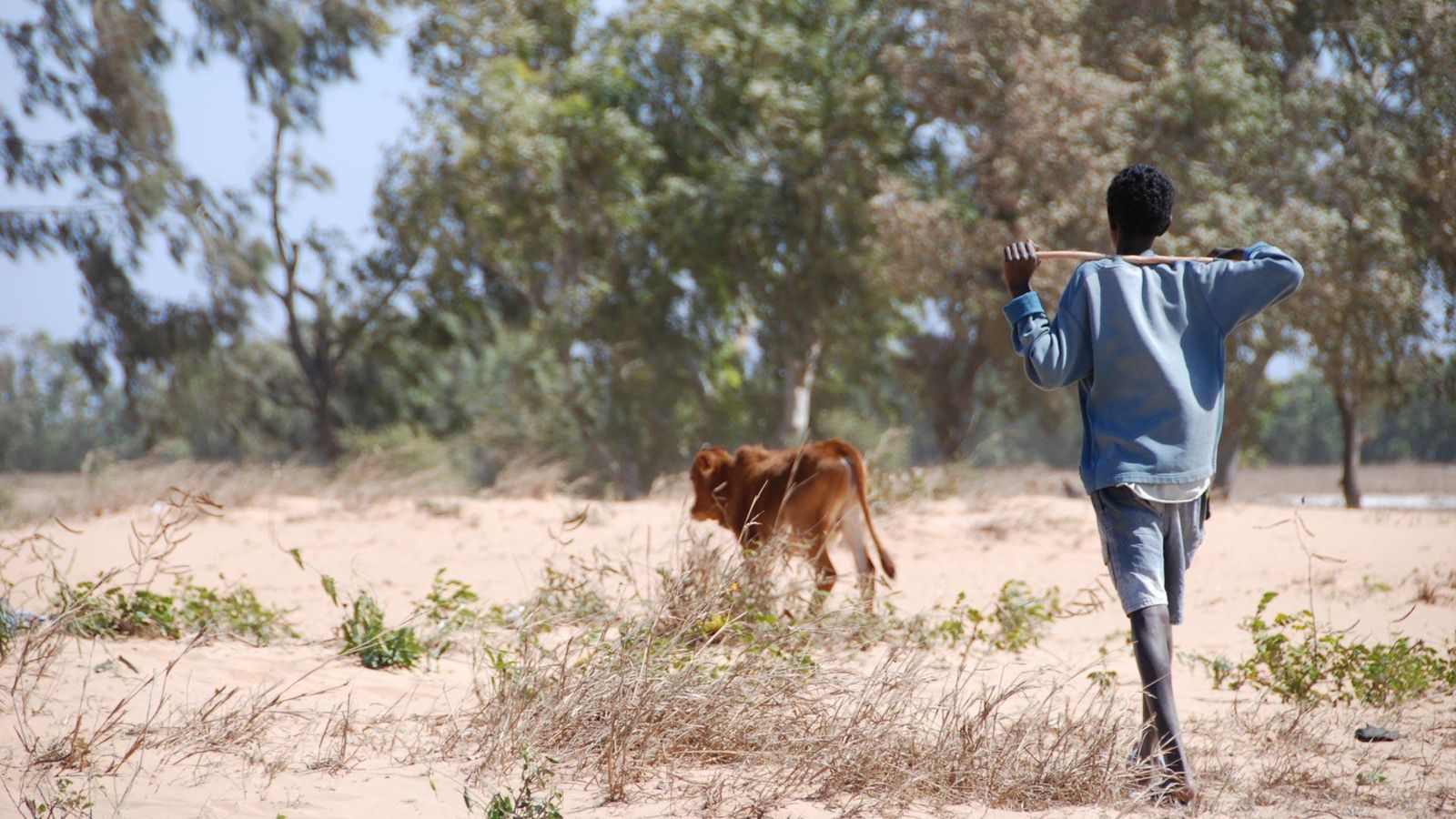
Rabies vaccines can mean the difference between life and death for far too many people still today.

Bogdana Coudsy
Global Head of Medical Affairs for Vaccines
Did You Know?
Every 9 minutes
Frequency at which someone in the world dies of rabies.2
40%
Estimated percentage of total deaths from rabies which occur in children 15 years old or younger.1
>150
The number of countries worldwide where Rabies still exists.1

Rabies Still Kills
99% of rabies cases are transmitted by dog bites, and it’s estimated that around 59,000 people still die from rabies each year, but many cases go unreported. 1,3
That’s while more than 29 million people receive an immunization post-exposure each year.1

Protecting People Worldwide
Sanofi has developed, manufactured, and delivered rabies vaccines since 1977, and we continue to innovate in rabies vaccines to help address ongoing public health needs.
More About Rabies
References
- https://www.who.int/news-room/fact-sheets/detail/rabies Accessed May 2023
- www.cdc.gov/rabiesandkids/facts.html. Accessed May 2023
- https://www.cdc.gov/rabies/country-data/index.html Accessed May 2023
Page updated July 2023
MAT-GLB-2303002 v1 07/2023

